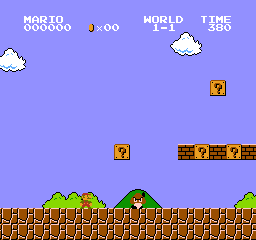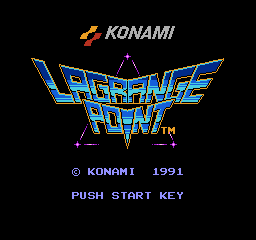Every few days, I’ll feature a song or track that I really enjoyed recently. It will range form mainstream, to the obscure and even video game music. I’m hoping to make exposure for music that you likely never heard the likes of. This is the type of music I enjoy and this is a window to my tastes.
Today, I’m bringing something from the New Age world. Although New Age is a very wide genre that ranges from Neoclassical to Meditative to Electronic, Masters of Chant fits perfectly within the genre. Chanting, instrumental, a mix of classical instruments and synths all are part of a recipe for New Age music.
Gregorian calls all their album Masters of Chant suffixed by a number in the order in which it was released. Each one contains popular songs that are sung in a Gregorian style. It sounds somewhat like church music and I’m sure more people would go if that’s what they sung over there. However, some of their songs are considered satanic and it would never fly in such a religious setting.
This is one of the few original songs by Gregorian unlike most of their pastiches. Surprisingly it comes out really well. The English is really hard to understand almost sounding like Latin sounding similar to Lesiëm. The song has no structure where each verse is different than the other which makes from an interesting progression.
My least favourite part is the chanting by Amelia Brightman. Although it worked for some songs like Voyage Voyage, I feel like it’s out of place. Her voice is a bit too high pitched and is a bit grating to my ears. It’s not horrible however, it’s still a pleasant part of the song.
In terms of instrumentation, it’s definitely in an epic style almost military with trumpets and drums. Very few modern instruments are used focusing on the classical side of things. It sounds a bit generic but it fits the vocals very well.
I’m not good at picking up lyrics from music and I find this one is difficult even to the most veteran of musicphiles. It has a bit of a religious and political undertone; it almost sounds like a national anthem seeking help from God, expressing brotherhood and a ton of allegories and metaphors. So I’ll leave the lyrics here to the side. Apparently, they’re written by Amelia.
Masters of Chant (feat. Amelia Brightman) - Gregorian
We're the masters of chant
We are brothers in arms
For we don't give up
Till time has come
Will you guide us God
We are singing as one
We are masters of chant
When the moon turns to dust
In the mist and the cold
You'll hear a song calling
Like a kiss from a rose
Like a diamond in blood
Like a light in the dark
We are masters of chant
I am the sound, I am the promise
And I will never fear the darkness
I join the light
For when they see us ride to glory
And if we end or start the story
We will rise
We're the masters of chant
Like a face in the crowd
When nothing else matters
We're standing proud
And our voice will command
With the power of sound
We are masters of chant
Will you bring us to life
Take us out of the cold
We'll find our way home
In fields of gold
In a world without end
Through skies and sand
We are masters of chant
- Amelia Brightman
















